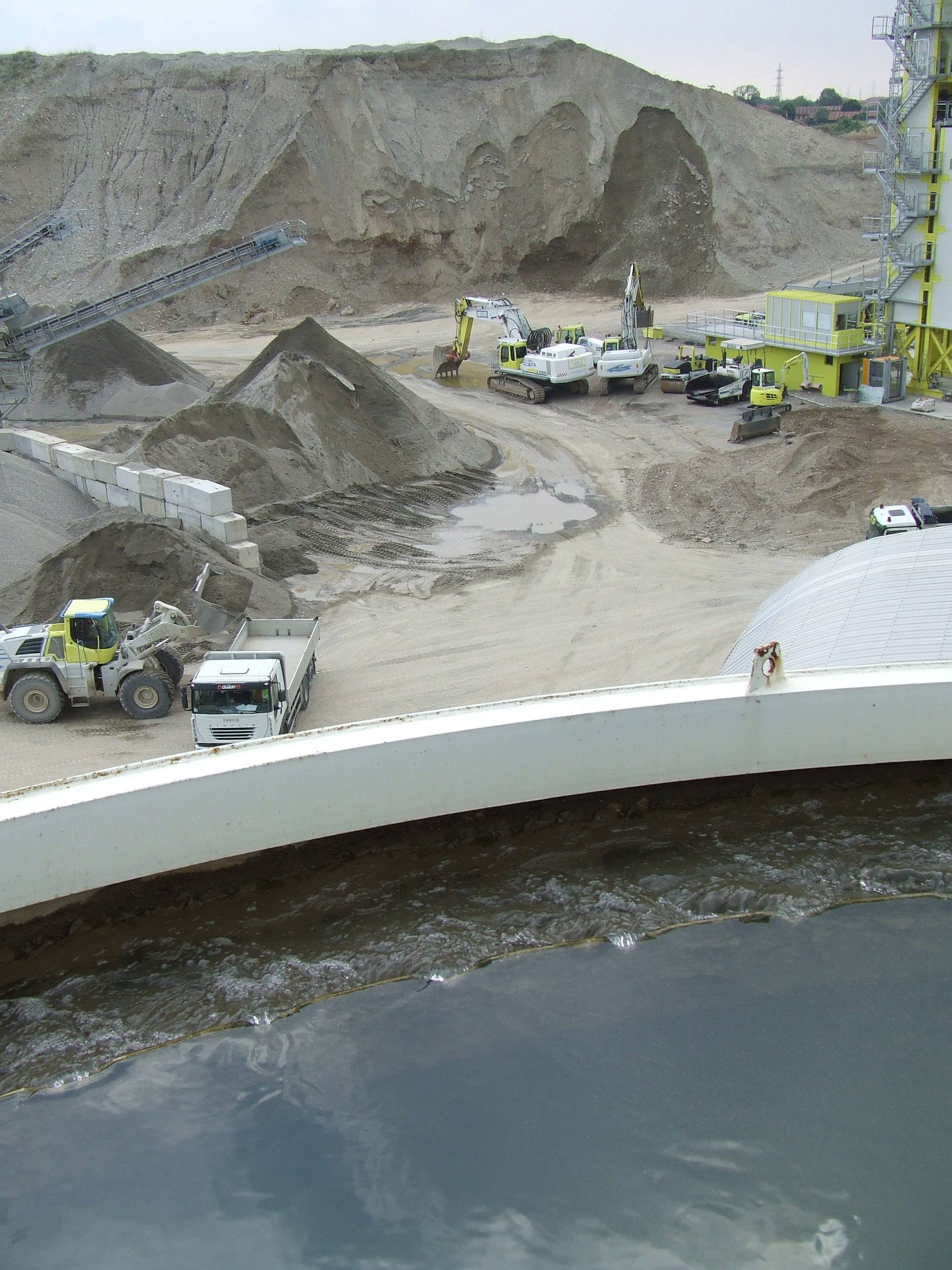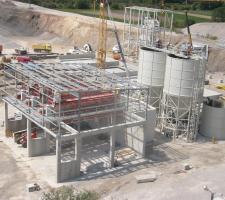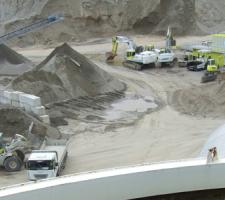
Pressure on water supply and lack of space on site means filter presses are becoming ever more common in European quarries
Water is a difficult issue for many quarries - either they are too remote to tap into the mains supply or, if they can, it is just too expensive. Add into this the need to treat before using it on site or returning it to the open environment, and quarry operations are facing a significant challenge.
It is for this reason that ever increasing numbers of quarries - both new and old - are turning to filter presses to treat waste water. This approach is gaining ground because it speeds up the rate of returning water to the washing cycle, but it also removes the need for settlement ponds.
"The demand for water treatment technology is partly being driven by legislation," said Andrea Giglioli, area manager for water treatment specialist
"Nonetheless, the main driver is the high cost of water - water treatment saves water and also gets around the problem of not being able to discharge wastewater directly into rivers these days.
"The growth of filter presses over settlement ponds is a result of a number of factors. Such ponds take up a lot of space on site, plus they can be costly to excavate when they become full, which can be twice a year for some larger quarries."
But the other issue is that of safety - on the surface they may look like a normal pond but under the water is a thick layer of uncemented sediment.
"Demand for clean, high quality aggregates and the processing of more difficult material is driving increased washing, which in turn calls for more water and a greater need for water treatment," said Giglioli.
According to Giglioli, the basic concept of using a separating tank to remove the bulk of the solids and then a filter press to recover the remaining water from the sludge has not advanced significantly in recent years. "But what has changed is the flocculants that can be used to treat the water and enhance sediment removal," he said.
According to Fiorenzo Baietti, factory manager
Between 95 and 97% of water can be recovered through filter press treatment and the cycle time to return the water to the washing process can be less than an hour. "We carry out tests on materials from the quarry before designing a water treatment plant to ensure it can meet the on-site demand," said Baietti. "Some sites have sediment with a high clay content, so we design a system that adds lime to the sludge to speed up the filter press cycle time." One quarry that is benefitting from hi-tech wastewater treatment is the Vitali Quarry in Caponago, Italy. The site was established mainly as a processing site close to the motorway network, but quarry manager Giovanni Bonaiti said that while it was a strategically good location in terms of the market for aggregates, the access to water was limited.
The Vitali site has a Technoidea plant capable of processing 5000m3 of water per day. Like many quarries, the site uses storage tanks for the wastewater and operates the settlement tanks and filter presses 24hours a day. "Electricity costs are lower at night and this approach also means the quarry does not require such a large plant," explained Baietti. "This is where the increase in automation has helped improve operation and GSM technology means that the plant can be remotely monitored." Nonetheless, Vitali has installed the civil works ready for a second filter press to ensure it has the capability to cope with increased wastewater when demand for aggregates increases."










